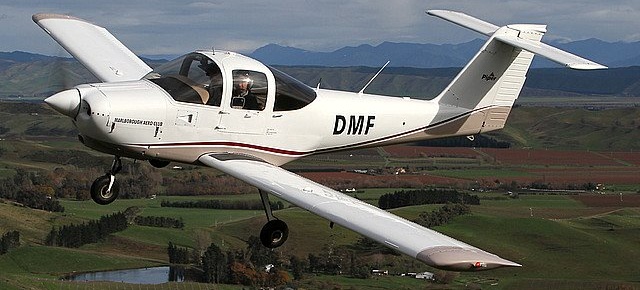Is buying a plane just like a car; caveat emptor?
Yes!! 100 x more. Buying a plane is more like buying a house, only in the case of the plane, if you don't do your due diligence and buy the wrong one, the FAA can come by and render your plane worthless. You seem like a smart guy and one that is not afraid of some research. I would recommend you buy the plane yourself and not depend on a broker, the nice guys at the fight school.
You already have the first part figured out! You know what your mission is. The second step is to figure out which plane best fits your mission and which one you just like the best.
After that comes the obsessive research. Learn all there is to learn about the type. Join any clubs, forums, or news groups that cater to the type. Pick those people's brains. Don't worry, type enthusiasts love to share knowledge. Find out who the experts are in your type and talk to them. Go fly, or at least sit in any prospective plane and see if it fits you OK.
Once shopping, don't be afraid to travel to inspect and get your plane. It is far better to get the right plane than it is the most convenient plane. Get a pre purchase inspection from a shop, or mechanic
of your choosing. Do
not skip this step just because the plane comes with a "fresh annual". There are lots kinds of annuals and some them are absolutely worthless.
Any plane you want to buy, get the full logs before going to see it and go over them with a fine comb. Do a search online for the N number, the NTSB records and the FAA records to see if there is any damage history. Do a title search. Great insurance and they will turn up all the records the FAA has on the plane.
Remember, all used planes are sold as is with no warranties. If it breaks on the way home, it's all your problem. If the next annual inspection turns up something that makes it unairworthy, it's all your problem. So yeah, buyer be very aware.
A lot of people will steer you to the Cessna 150, or 152 and there is nothing wrong with them. A good solid little plane with lots of part supply and well known throughout the aviation world by pilots and mechanics alike. It's what I got my PPL in.
However, I would strongly suggest you check out the Piper Tomahawk for your mission. Same price range, same engine and prop, but a much more comfortable cabin IMO, better panel layout and it has better visibility too. Since you plan to spend so much time in the plane, I think these things will really pay off.
The only downsides to the Tomahawk AFAIK, is there are less to choose from, and airframe parts are likely a little more to buy, but I'm not sure about that. There are a lot of old OWTs about the type, so do your homework so you can ignore all the noise you'll get online. You will have to endure people constantly calling it a "Traumahawk" though.

The Piper Tomahawk-





